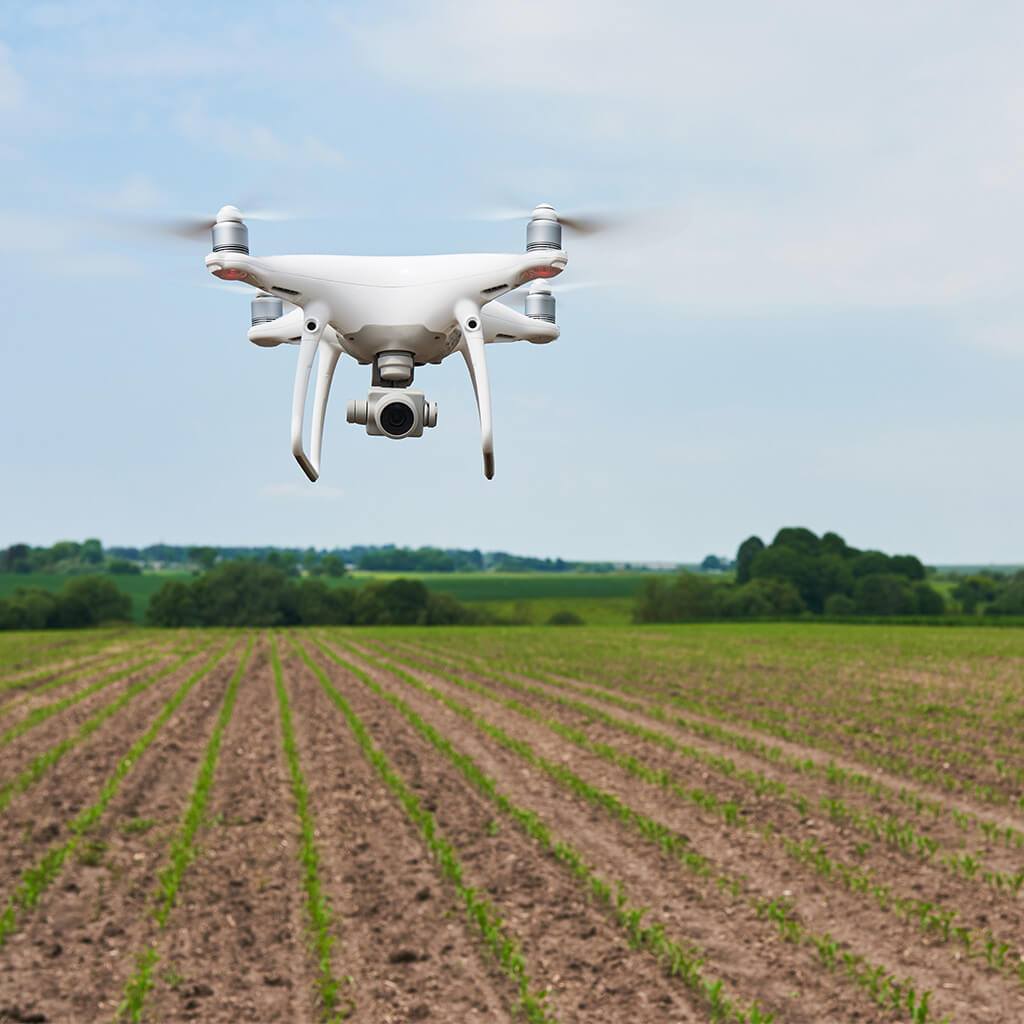Robotics and automation are transforming agriculture at an incredible pace. Robots and drones are taking over more and more tasks on farms around the world, from harvesting crops to milking cows and pruning orchards. This technological revolution in agriculture aims to help farmers boost productivity and efficiency while reducing costs and environmental impact.
Agricultural robots are becoming increasingly sophisticated and intelligent. Robotic harvesters can detect when fruit and vegetables are ripe and ready to pick. Some robots can even handle delicate crops like strawberries, picking them without bruising. Robotic arms are milking cows on dairy farms, using advanced sensors and automation.
Precision agriculture relies on robots, drones and AI to optimize the use of resources. Drones and satellites provide farmers with detailed maps of their land to pinpoint areas that need more or less water, fertilizer or pesticide. Robots then apply these inputs with surgical precision. This helps reduce waste and environmental damage from excess chemicals while improving crop yields.
Driverless tractors are already working autonomously on some farms. These automated tractors use GPS and onboard sensors to navigate fields and carry out tasks like plowing, seeding and spraying. Farmers can monitor multiple tractors remotely and reprogram their routes from mobile devices. Self-driving tractors save time and money and allow farmers to operate for longer hours.
Robotics will help address some of the biggest challenges facing agriculture, including labor shortages, environmental sustainability and the need to feed a growing global population. Robots and AI won’t replace human farmers but will work alongside them, enhancing their productivity while reducing costs and environmental impacts. The future of agriculture is smart, automated and optimized to produce more food using fewer resources.
